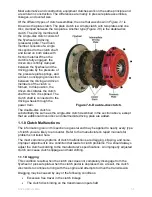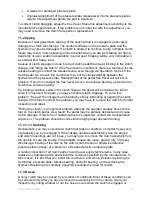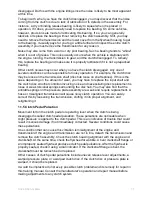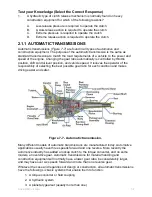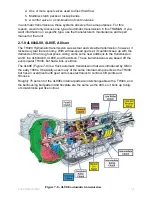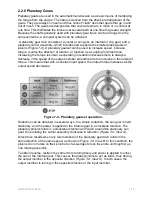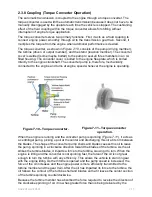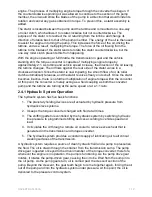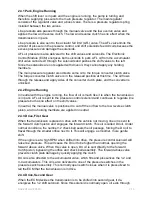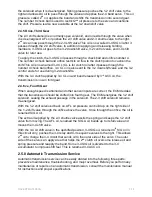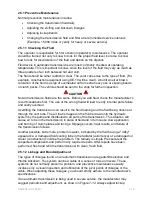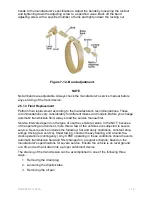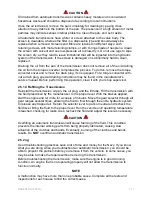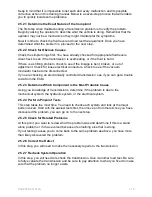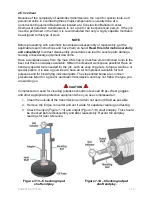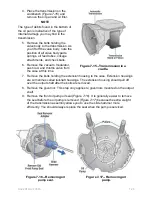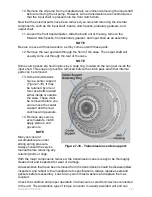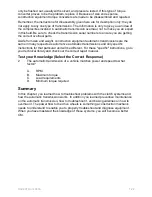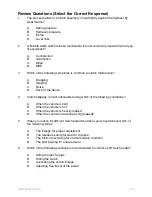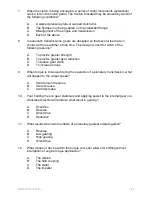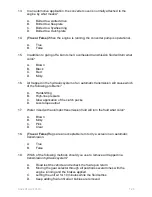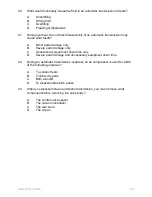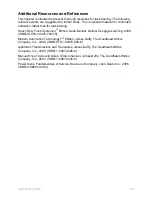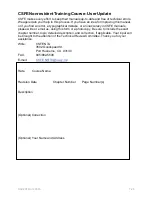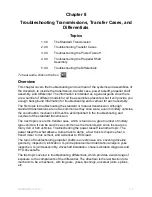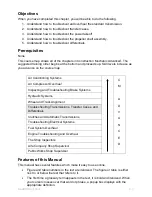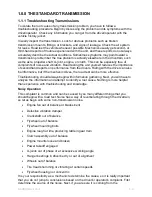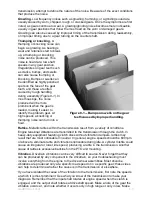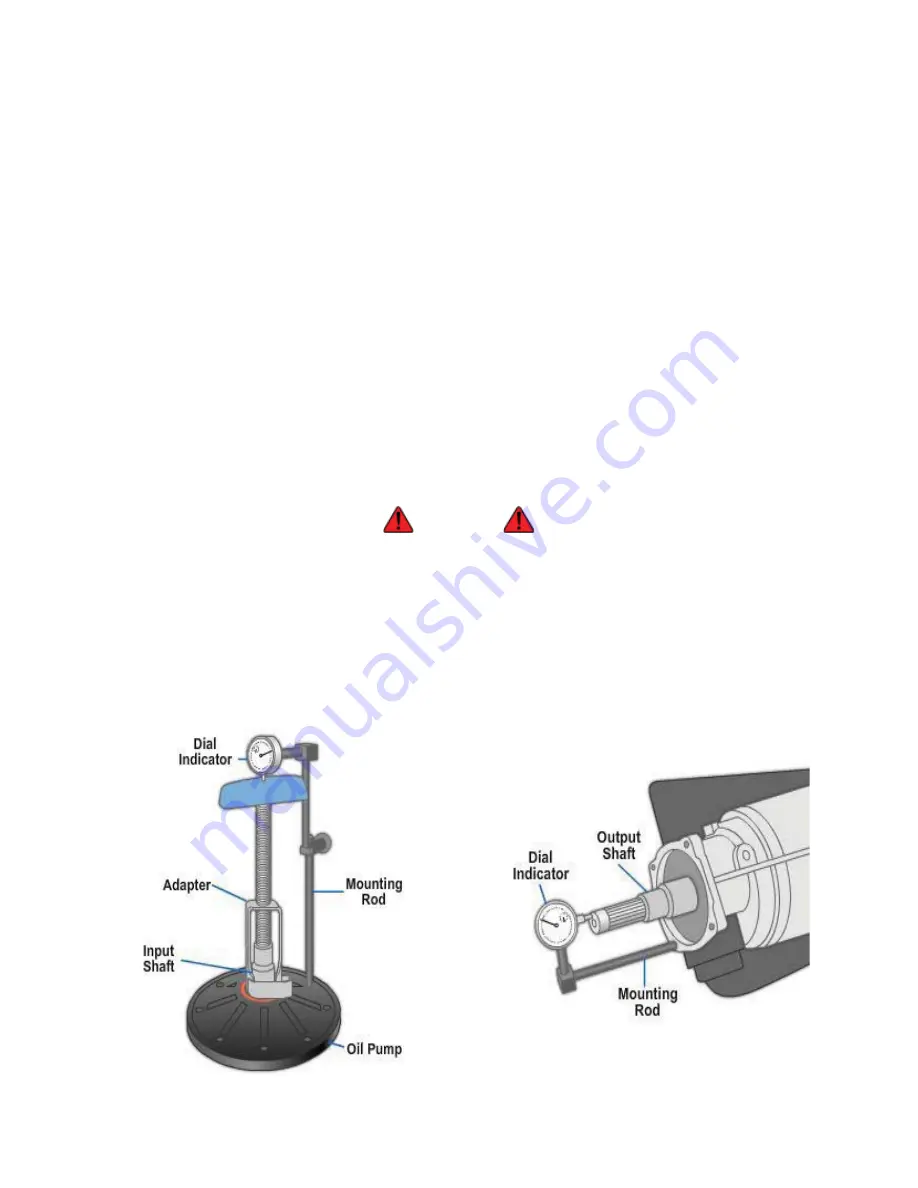
2.5.3 verhaul
Because of the complexity of automatic transmissions, the need for special tools, and
personnel skills, in overhauling these major components is usually done at a
Construction Equipment Department located at a Construction Battalion Center.
Overhaul of automatic transmissions is not a job for an inexperienced person. If the job
must be performed in the field, it is recommended that only a highly capable mechanic
be assigned to this type of work.
NOTE
Before proceeding with automatic transmission disassembly or reassembly, get the
applicable repair instructions and have them on hand.
Read this information carefully
and completely!
Incorrect disassembly procedures can lead to severe parts damage,
causing unnecessary equipment downtime.
Have a workplace away from the main CM shop. A dust-free air-conditioned room is the
best, but this is not always available. Obtain the cleanest work space possible! Have on
hand any special tools needed for the job, such as snap ring pliers, torque wrenches, or
special pullers. It is also a good idea to have an air compressor available for test
purposes and for blowdrying individual parts. The steps listed below are common
procedures listed for a generic automatic transmission and may not follow the type you
are working on.
CAUTION
Compressed air used for cleaning purposes should not exceed 30 psi. Wear goggles
and other appropriate protective equipment when you use compressed air
.
1. Clean the outside of the transmission and drain out as much fluid as possible.
2. Remove the torque converter and set it aside for separate cleaning and testing.
3. Check the input (
Figure 7-13
) and output (
Figure 7-14
) shaft endplay. This should
be checked before disassembly and after reassembly. Record the endplay
readings for later reference.
Figure 7-13 - Checking input
shaft endplay.
Figure 7-14 - Checking output
shaft endplay.
NAVEDTRA 14050A
7-19

